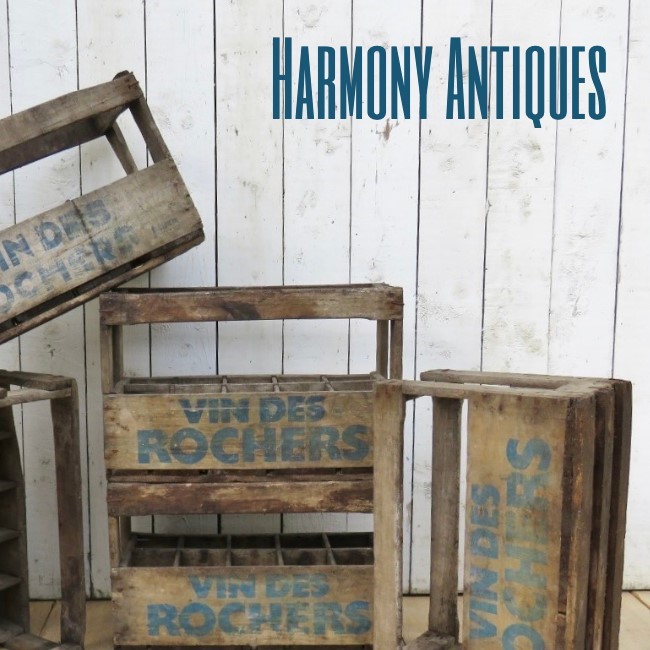Botanicals feature heavily on our shop pages at Lodestar Decorative, botanical discovery and illustrations were immensely popular in the 17th and 18th centuries for several reasons.
Recreation and scholarship
This period witnessed significant advancements in botany and plant taxonomy. Botanical illustrations played a crucial role in documenting and categorizing newly discovered plant species during explorations and scientific expeditions. Photography did not become common until the late 19th century, illustrations helped scientists and botanists study and classify plants accurately.
The 17th and 18th centuries were characterized by extensive exploration and colonial expansion. Explorers and botanists brought back specimens of exotic plants from newly discovered lands. Botanical illustrations served as visual records of these novel plant species, creating a sense of wonder and excitement among the public.
With this, the rise of botanical gardens gained popularity during this era. Wealthy collectors and institutions established gardens to cultivate and display rare and exotic plants. Botanical illustrations were commissioned to document these collections, acting as catalogues or guides for enthusiasts and gardeners.
Illustrations from the time are known to have combined scientific accuracy with artistic beauty. Skilled botanical artists meticulously studied and portrayed plants, capturing their intricate details, colours, and textures. These illustrations were not only scientific tools but also aesthetically very pleasing works of art, admired for their fine craftsmanship and decorative qualities.

The 17th and 18th centuries witnessed a growing interest in horticulture and the medicinal properties of plants. Botanical illustrations served as visual references for herbalists, apothecaries, and physicians, aiding in the identification and study of medicinal plants.
Timed perfectly with the development of print technology, such as etching and engraving, allowed for reproduction and dissemination of botanical illustrations. Printed books and portfolios featuring botanical illustrations reached a new audience, mainly to amateur naturalists, gardeners, and the educated middle class.
Decorative elegance
They were popular in the 17th and 18th centuries due to the intersection of scientific discovery, exploration, artistic appreciation, horticultural interests, and the availability of print technology. They served as essential scientific records, aesthetic delights, and valuable resources for botany, horticulture, and the general public's fascination with the natural world.
While not excruciatingly expensive nor out of reach for most today, nor rarely collected or hoarded, examples from the time are very sought after. They look particularly fine when displayed in sets and have a timeless quality which means they are often retained and incorporated during even the most contemporary of redecoration projects.




